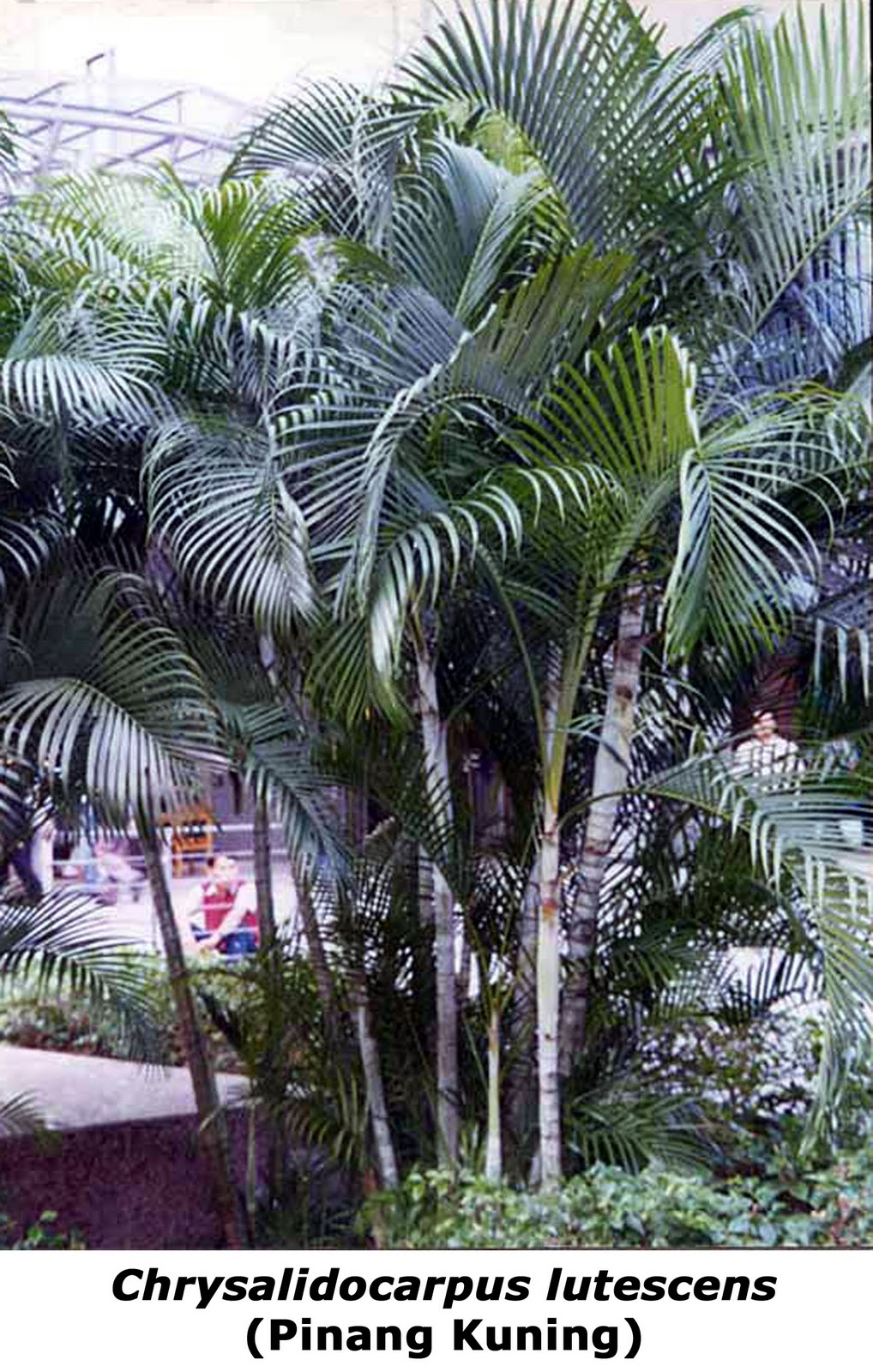
buildfun PALMCarpentaria Palm
Carpentaria palm. Scientific Name: Carpentaria acuminata. Location: In wetter areas such as the garden adn along the creek. Tall, slender single-stemmed, feather palm up to 30m in height. A favourite of Flying Foxes, Pied Imperial Pigeons, possums etc. when the fruit is ripe - usually between December and March. No HTML tags allowed. Web page.

Carpentaria acuminata MtCootTha 2015 12 31b Carpentaria Wikipedia Palm trees, Beautiful
Cultivation and Propagation: Carpentaria acuminata is an attractive and relatively common avenue and landscape palm in the tropics that likes warm, sheltered, position with a moist substrate and is sensitive to frost and drought. It is a palm of very high ornamental and landscape value. Growth rate: In the tropics this is known as one of the faster growing palm species and may reach, in the.

Carpentaria acuminata Carpentaria Palm Buy seeds at
Carpentaria acuminata is a fast-growing palm that can attain heights of 20-30 feet and spread 5-10 feet wide. It thrives in full sun or partial shade but exhibits limited cold hardiness, tolerating temperatures down to 35°F. Therefore, it is well-suited for USDA Zones 10b (with temperatures ranging from 35 to 40°F) to 11 (above 40°F).

Pin de Desert Group en CARPENTARIA(Carpentaria Palm)
Carpentaria Palm The Carpentaria Palm Tree, scientific name Carpentaria Acuminata, is very popular and native to Australia, and are frequently used in Florida landscapes due to their sensitivity to the cold.

PlantFiles Pictures Carpentaria Palm (Carpentaria acuminata) by palmbob
Carpentaria acuminatacarpentaria palm ), the sole species in the genus Carpentaria, is a native to tropical coastal regions in the north of Northern Territory. It is a slender palm, growing to 20 m (65 ft) tall in the garden situation, with a trunk 12-15 cm (5-6 in) diameter. The are pinnate, 3-4 m (10-15 ft) long.

PlantFiles Pictures Carpentaria Species, Carpentaria Palm (Carpentaria acuminata) by palmbob
Carpentaria Palm The Carpentaria Palm is extremely sensitive to cold weather; it prefers zones 10 to 12, which includes only the very southernmost points of Florida and parts of California. Carpentaria acuminata is similar in appearance to the Christmas Palm, but grows faster and taller.

10 Fast Growing Palm Trees and Average Growth Rate
The Carpentaria Palm Tree, scientific name Carpentaria acuminata, is very popular and is frequently used in Florida landscapes. The Carpentaria Palm has a lot of similarities with the Christmas Palm. Most often, the Carpentaria Palm is planted in groups of two or more to give a great look of a tropical forest. Carpentaria Palm Tree Info

PlantFiles Pictures Carpentaria Palm (Carpentaria acuminata) by palmbob
Used as an indoor plant as well, as outdoors, this is a slender growing palm tree with a reasonably fast growth rate. Carpentaria acuminata will also do well in sub tropical areas as well. Planted in groups of 3 -5 the Carpentaria Palm (Carpentaria acuminata) makes a great landscaping feature.

PlantFiles Pictures Carpentaria Species, Carpentaria Palm (Carpentaria acuminata) by tropicbreeze
overview. An Office / Multi-Family Residential building with 143,189 square feet.First green activity in 2013.. Why It's Green This building is green because it has 3 green activities that achieved outcomes of energy efficient design, water use reduction, sustainable site selection and development + 2 more
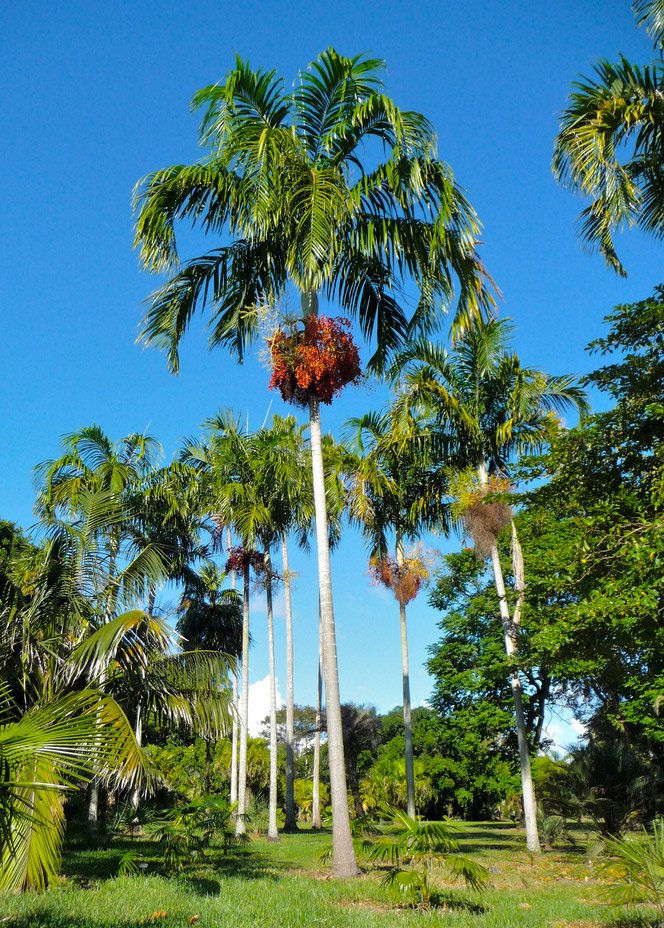
Carpentaria Palm Siva Ashram
1 Carpentaria Palm Tree Certification This is an example image; data and colors change depending on tree purchased. Guarantee . 100%. Satisfaction. Guarantee. Order with Confidence. Expect the very best. We only sell grade A palm trees and superior horticultural products. If you are not 100% satisfied with your purchase, we provide a.
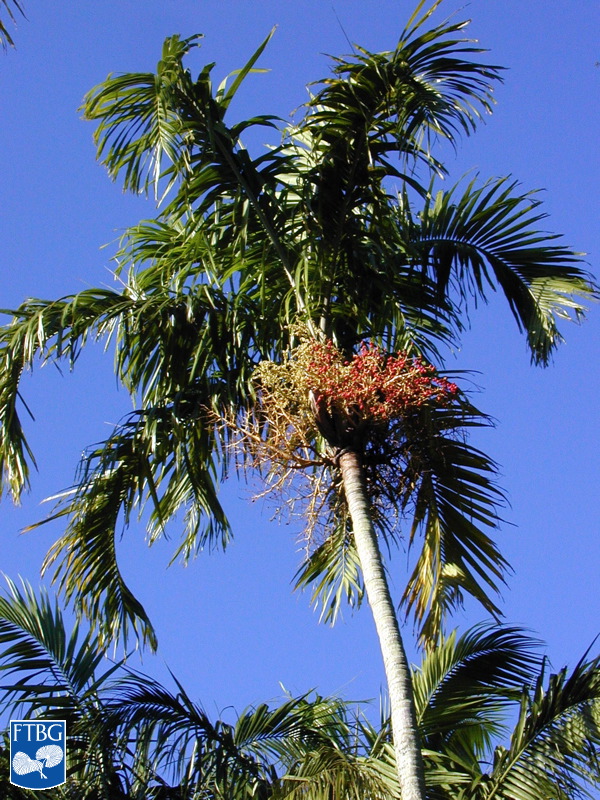
Carpentaria acuminata Palm ID
Trees grow best on moist, fertile well-drained soil. Not a drought-tolerant species. Prune sparingly. Insect pests include thrips. There are no serious disease vulnerabilities. Carpentaria acuminata Description Height: 35-40 feet (10.6-12 meters) Spread: 8-10 feet (2.4-3 meters) Leaf: 36 inches or longer (>91 cm) Range: Not native to North.

Carpentaria acuminata Palm tree types, Palm, Palm trees
The Carpentaria Palm is a tall, elegant palm species that can reach a height of up to 50 feet. One of its most striking features is its large, bright green fronds that can grow up to 10 feet long. The leaves are arranged in a circular pattern around the top of the trunk, giving the palm a regal appearance.

PlantFiles Pictures Carpentaria Species, Carpentaria Palm (Carpentaria acuminata) by palmbob
Description. Carpentaria acuminata, commonly known as the Carpentaria Palm or Carpentaria, is a tall and slender palm tree that can grow up to 30 meters in height. It is native to the tropical regions of Northern Australia and is known for its ornamental value in landscaping and gardening.
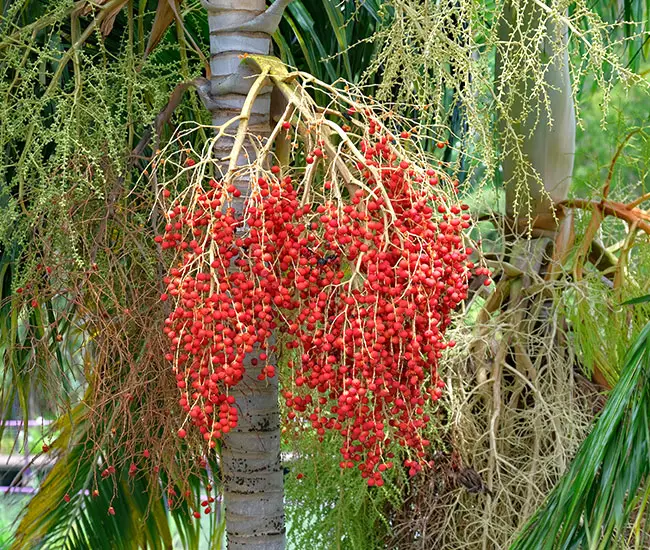
How to Grow the Carpentaria Palm Tree (Carpentaria acuminata)
Carpentaria Palm Tree - Carpentaria acuminata The Carpentaria Palm is right from under the down under, Australia. Similar to the Christmas palm, the Carpentaria also has a smooth trunk and grows small ornament-looking seeds beneath its arch-like leaves. Even though the seeds look beautiful, they are actually an irritant to skin when peeled.
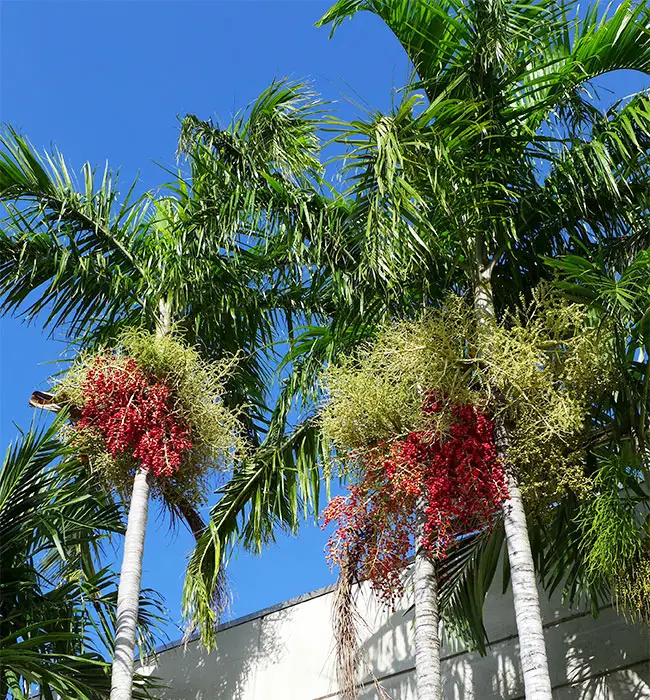
How to Grow the Carpentaria Palm Tree (Carpentaria acuminata)
Description Solitary palm, 9-30 m tall, 15-20 cm diam. breast high, grey to light tan with widely spaced rings. Leaves 10-12 per crown, pinnate, 2-4 m long, narrow, arching, 40-60 x 1.2-1.5 cm long, deep green. Crownshaft smooth, green.

PlantFiles Pictures Carpentaria Species, Carpentaria Palm (Carpentaria acuminata) by palmbob
Carpentaria acuminata Figure 1. Mature Carpentaria Palm. Carpentaria Palm1 Edward F. Gilman and Dennis G. Watson2 INTRODUCTION This fast-growing palm tree quickly grows to a height of 40 feet, the smooth grey trunk topped with 10-foot-long, spreading green fronds (Fig. 1). The inconspicuous white flowers appear from spring